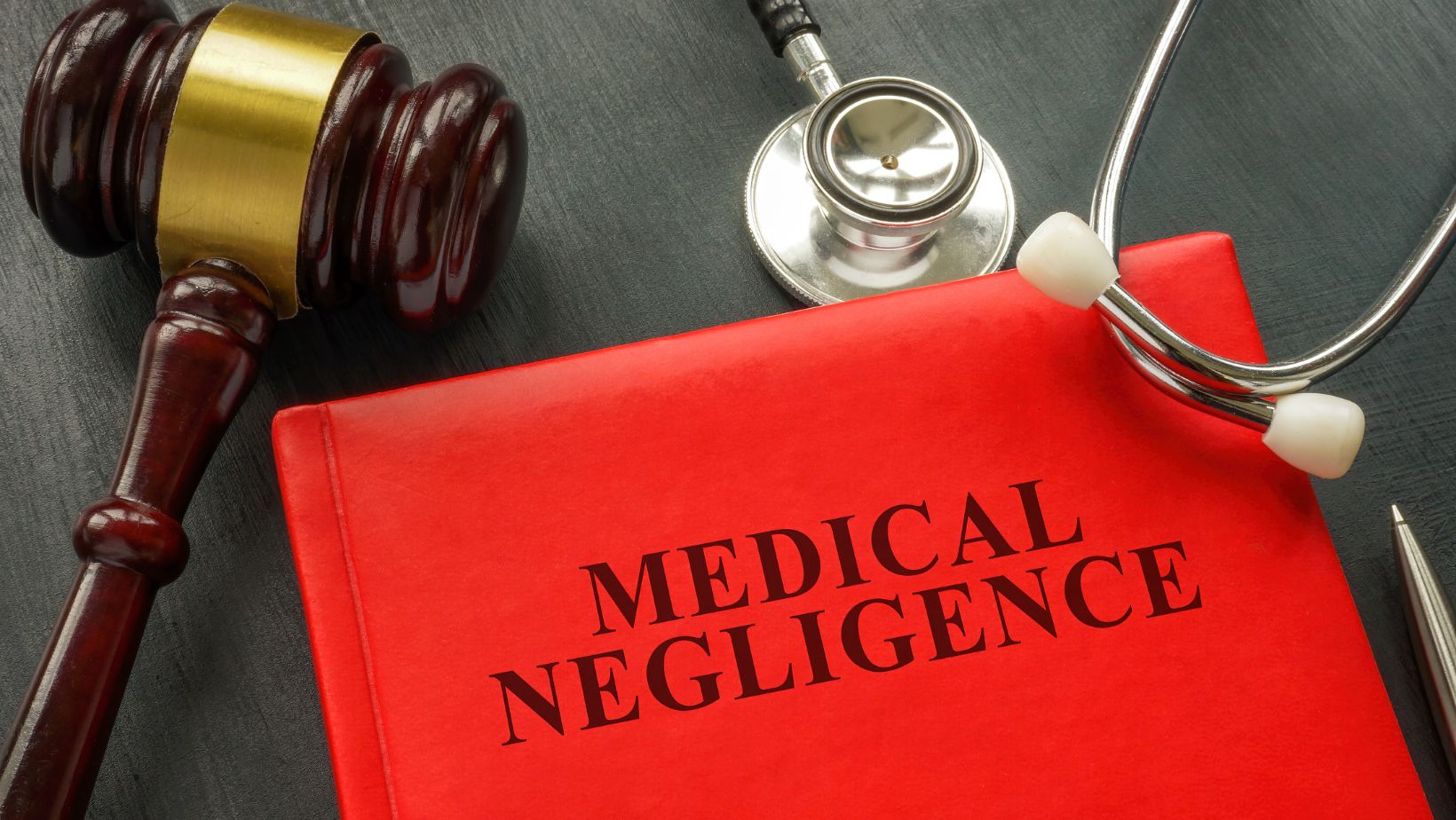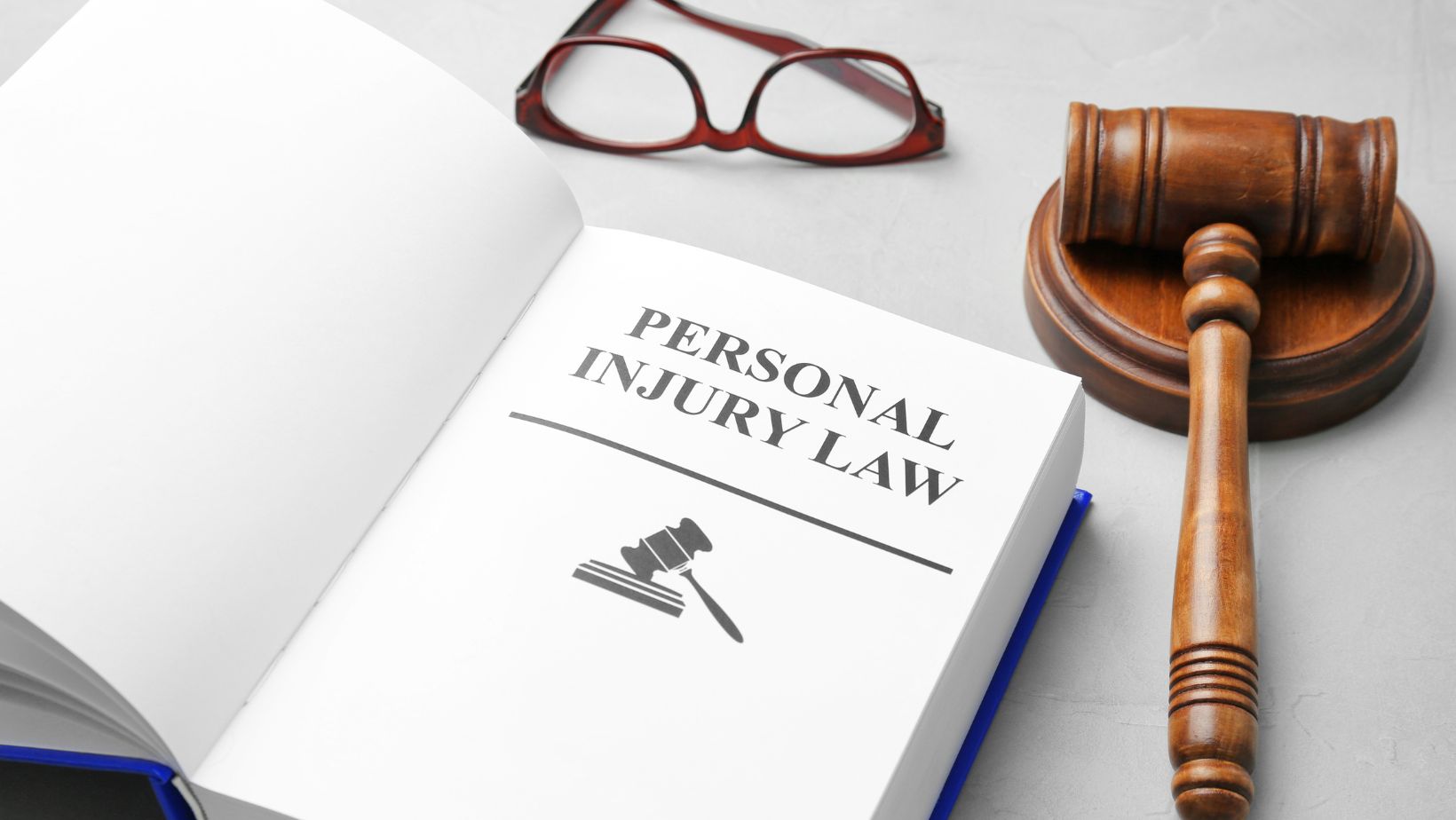Individuals and businesses are to behave responsibly and with reasonable care, as failure to do so may translate to negligence. An accusation of negligence may lead to a personal injury case. Victims of another person or company’s negligence demanding an injury claim may be owed compensation for their harm. Understanding the elements of negligence is essential because of the legal implications involved. This short piece highlights the five factors in an incident that must occur before an individual can appear negligent before the law.
Understanding What Negligence Entails
Negligence refers to when an individual or organization does not live up to their expected care role, and it is the fundamental basis of a personal injury case.
According to Attorney Russell J. Berkowitz, to stand a high chance of recovering compensation from someone who injured you, you must prove that the accused was negligent or acted intentionally to cause harm.
The legal concept of negligence is technical because it goes beyond mere carelessness. A plaintiff must prove five elements of negligence before the law can hold a defendant liable for negligence. We will explore them briefly:
The Accused Must Have Owed the Victim a Duty of Care
Individuals and firms are responsible for demonstrating a logical level of caution when taking actions that could affect others.

The law expects the defendant to show reasonable care. This means that they must exhibit an equal level of care to what an average person would have shown under the same context. For instance, a motorist must be logically cautious on the road to avoid injuring others.
In some situations, a professional standard of care stands, and people or organizations must raise the bar. For instance, the reasonable individual standard of care does not apply in medical malpractice claims. Instead, the physician’s actions or inactions must match what a similarly qualified doctor would have done in the same context.
The Defendant Must Have Violated the Responsibility/Duty
A defendant must violate the responsibility of care they owe for negligence to exist. It means the defendant does not live up to it or shows an attitude below the expected level.
For example, an intoxicated or speeding driver does not act cautiously as a reasonable driver would have acted in the same situation. Hence, we can say that the motorist has breached the duty of care.
The Defendant’s Violation Must Have Been the Direct Cause of Harm
If an individual does not act prudently, but their action does not cause injury, then it will not lead to a successful personal injury claim triggered by negligence. The accused’s failure must have been the direct cause of injury to a victim for the accused to be liable for negligence.
For instance, if a healthcare provider does not diagnose a patient with a heart illness when a similarly qualified doctor would have, and the heart condition eventually causes the patient a heart attack, the physician’s failure is the direct cause of harm. However, if a patient dies of HIV/AIDs and the autopsy reveals a missed heart condition, the deceased’s relatives cannot institute a negligence claim against the healthcare provider because their action did not lead to harm.
The Defendant Must Have Projected the Occurrence of Harm
Before you can hold someone liable for negligence, your specific harm must have been foreseeable. In other words, if an individual could – or should – have envisioned that a given action would cause a specific form of harm, then you can hold the person liable. But if the injury was not predictable, you cannot hold the defendant liable for damages.
The best illustration for this arises from the legal matter that formed the foreseeability doctrine. For instance, a train guard helped two people rush to catch a moving train, and one dropped a piece of fireworks. The fireworks blew off, triggering a scale at the other part of the train platform to fall on a lady and harm her.

The train firm was not liable for this injury because it was impossible to envision that a guard assisting someone in catching a moving train would cause this harm.
The Plaintiff Must Have Truly Suffered Harm Due for Compensation
The accused’s negligence must have injured the victim and be entitled to compensation for the harm. If a motorist carelessly speeds and cuts you off without a mishap, you cannot pursue a case because you had no compensable loss despite the driver’s negligence.
Conclusion
Understanding the five elements of negligence is crucial for anyone pursuing a personal injury claim. These elements ensure that the law fairly evaluates each case and holds the right parties accountable. By proving negligence, victims can seek compensation for their injuries and losses, helping them move forward after an incident.
